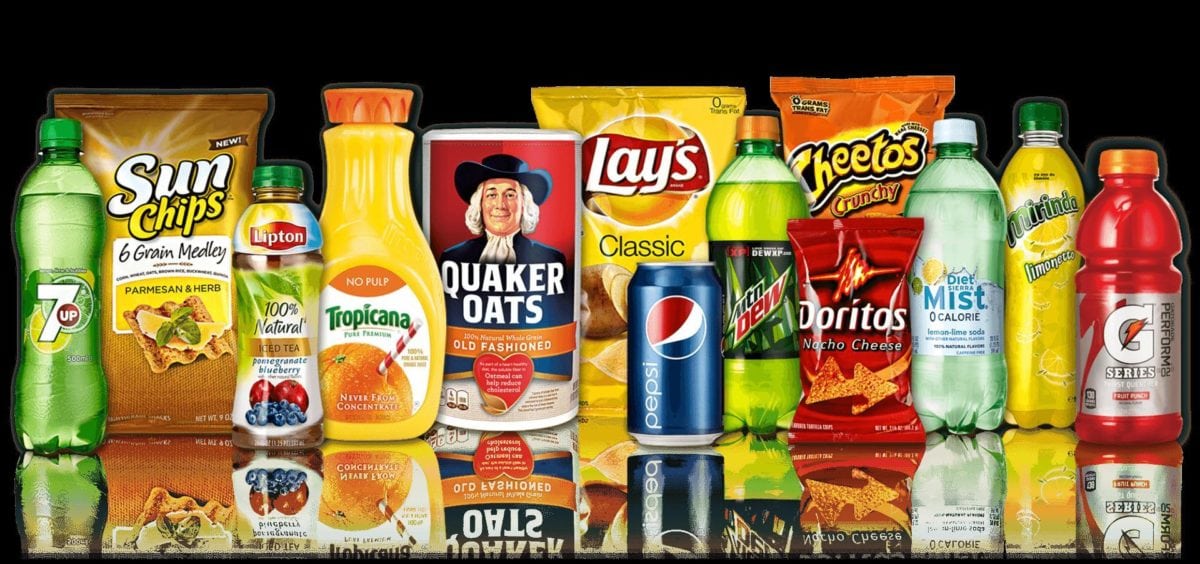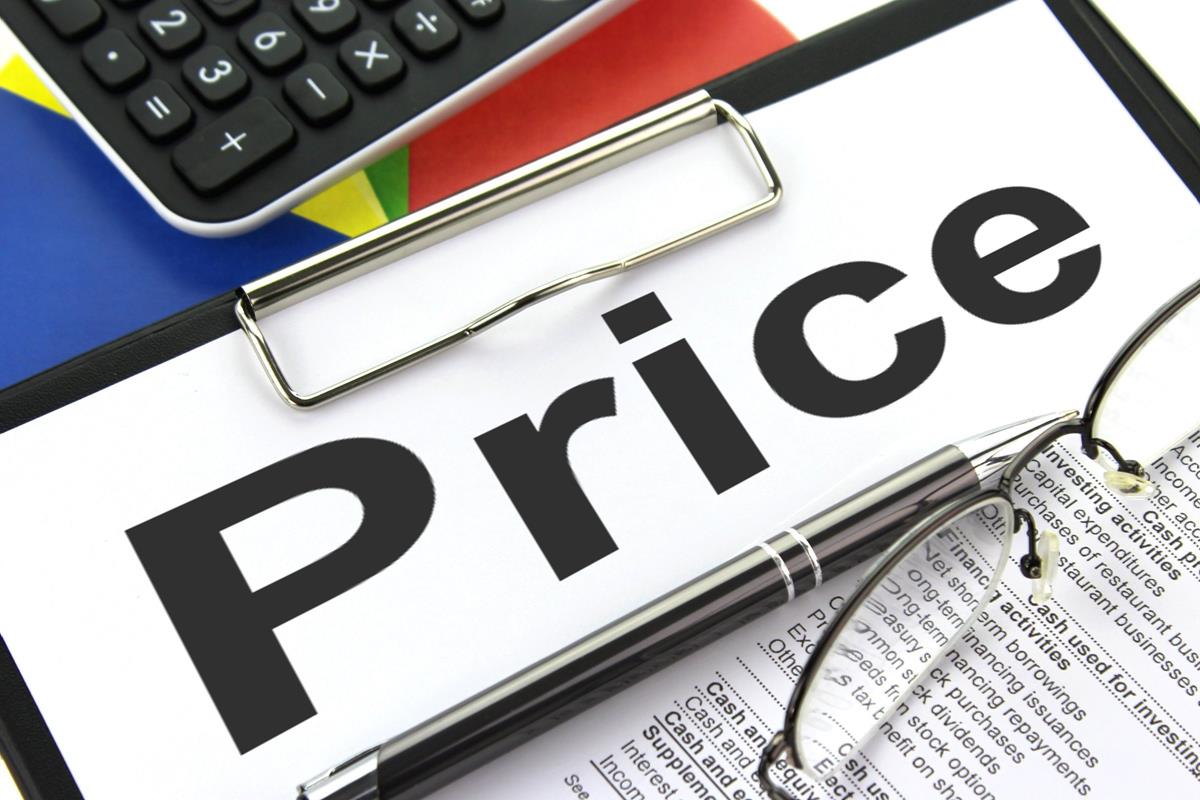Guide to building 4Ps in Tourism Marketing

Research has shown that the tourism sector will become increasingly remarkably competitive after the COVID-19 pandemic. Therefore, businesses need to try to find ways to develop businesses to increase the level of competition. Although the 4Ps in tourism marketing is not a new strategy, it is still an extremely effective strategy. In this article CleverAds will show you how to build an effective 4P model in tourism marketing.
1. What is the marketing mix?
To understand the 4Ps of tourism marketing, we need to understand what the marketing mix is. The marketing mix is also known as the marketing mix. This term refers to a set of actions or tactics that a company uses to promote its brand or products in the market.
A typical marketing mix model is the 4Ps consisting of Price, Product, Promotion, and Place. Today, however, the marketing mix increasingly includes several other Ps such as Packaging, Positioning, People, and even Politics as important mix elements.
Read more: What is Marketing Mix?
2. Analysis of the 4Ps in Tourism Marketing
Through the above, this can perceived that 4P is a typical model in Marketing across the industry in general and the tourism industry in particular. Similarly, the 4Ps in Tourism Marketing will also include the following elements: product, price, promotions and location.
2.1. Product

Tourism encompasses a wide range of factors such as accommodation, food and drink, transportation, scenic beauty, the historical importance of the place, its geographical status, and spiritual appeal.
The fact that a destination is considered crucial comes from the customers’ point of view. Not everything is visible in it. It is a combination of tangible and intangible elements. A destination is a “product” in tourism. From the marketing mix point of view, since the travel business is all about the ‘tourist’ experience, this is required to be treated differently.
2.2. Price

Price is a crucial factor in the 4Ps of travel and tourism. It is the amount that the customer pays for a service package. High package prices, reasonable prices or low prices are all decided by the experienced of the visitor. Pricing should based on provision, accommodation standards, food standards, transportation standards, and entertainment that aspirations met.
That is why some destinations are expensive while others are quietly priced. Tourism products are rarely homogeneous. It is due to different locations, people and other factors that make up the customer experience.
It can be say that in the tourism industry, price competition is not caused by the price but by by-products. It also depends on seasonal factors because the tourism business is seasonal.
2.3. Promotion (Communication)

In tourism, promotional activities include inspiring, educating, persuading and reminding tourists of a brand or product. It refers to the marketing strategies used to spread awareness about a brand or product. Various digital channels, including traditional devices, OTT and CTV, are used in the tourism industry.
Enterprises can apply the AIDA model. This model supports businesses in achieving their advertising strategies and campaigns effectively. Different demographic segments may have different responses to your marketing efforts. Therefore, consistent advertising must be realistic throughout the traveller’s journey.
Read more about Promotion at: What is Promotion? All you need to know about the promotion.
2.4 Distribution channel (Place)
In tourism, the distribution aspect seen as very difficult. The link between the travel service provider and the customer called the distribution system. By definition, distribution involves delivering products to customers. It consists of various activities carried out so that the product is accessible and available to potential customers’ at all times.

Tourism is a product or service in the 4Ps of tourism marketing.
Here, customers needs to be taken to different destinations (point of sale). Its channels are tour operators, agents, wholesalers and ITOs (inbound tour operators). For distribution channels in the travel industry, understanding the distribution system, recommended commission rates and the role of agents is important.
Retailers provide customers with an easily accessible destination; online or in-store by pre-ordering travel products. They sell products to customers. Wholesalers are businesses that will sell products through established retail distribution channels both in-store and online on behalf of the service provider.
They also sell individual product elements and associate them with various combos. The role of intermediaries is an important factor in all stages that the tourism industry goes through.
3. Guide to building 4Ps in tourism marketing
When it comes to the 4Ps, it’s also time to break them down to incorporate each of these elements into your overall marketing process.
Here is a step-by-step guide to developing the 4Ps in Tourism Marketing
Clearly define the products or services of the 4Ps in Tourism Marketing
It may sound obvious, but before you start developing a marketing mix, it is crucial to have quality products or services. Even if companies have many different types of products, the 4Ps should be applied to each product separately.
Analyze how your product meets the needs of your customers.
Your product should serve the specific needs of your customers. It’s important because it articulates what those needs are and what makes your product or service different to meet those needs. This information will be used when developing a marketing campaign to let customers know what your product does and why they should buy it. You should be able to point to market research and other supporting data to convince them.
Decide on a price for the product.
Rely on market research to properly price your product to attract target customers. Pricing should be based on economic data regarding the client’s budget and spending habits. Some marketers will increase the price of their product to make it seem more exclusive or luxurious.
Build marketing messages.
Develop marketing concepts that will attract customers and communicate the benefits your product offers them. It’s also one of the 4 stages of the marketing mix when you’re deciding what type of marketing communications to invest in. Depending on the product and target customer, your marketing plan can use a variety of channels including traditional marketing methods, direct marketing or digital marketing.
Consider 4Ps in Tourism Marketing as a whole for your product and decide if they fit together.
Now that you’ve created a cohesive marketing mix take a look at each of the 4Ps and decide if your plan is right for it.
Track your marketing strategy in real-time.
A successful marketing strategy requires you to revisit and adjust over time. As a product grows in market share and popularity, the locations and promotional strategies you use should change to keep up with customer needs.
4. Conclusion
This article has presented a comprehensive overview of the marketing mix and the 4Ps of tourism marketing. CleverAds hopes to help you plan your campaign accordingly and promote it across various channels and networks.


